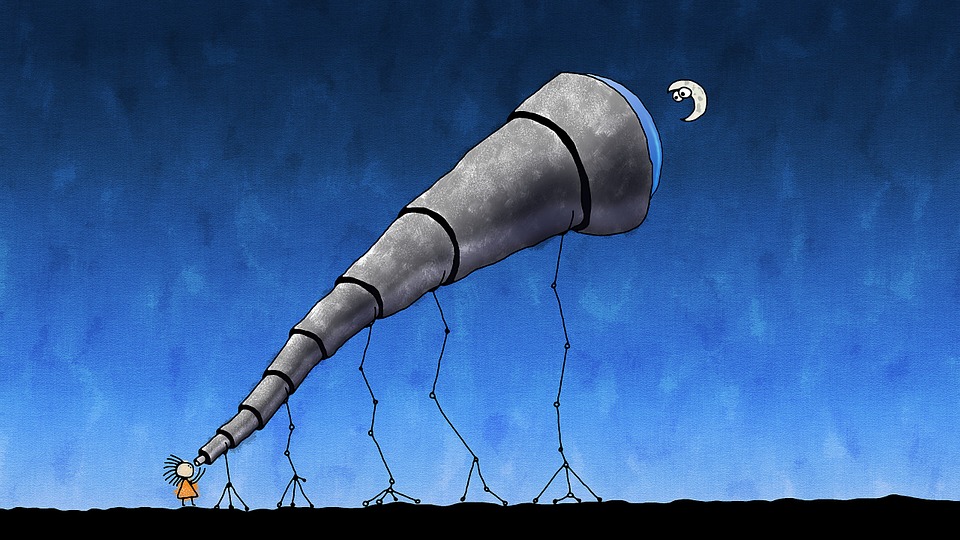
Fast facts on TLPs
In the late 1960s, astronomers Barbara Middlehurst and Patrick Moore studied seismic occurrences and other phenomena on the moon and found nearly 400 reports of "strange events." Small areas on the lunar surface would suddenly go dim or brighten without any explanation. Astronomer A.A. Mills describes TLPs as reddish or pinkish light that is sometimes "sparkling" or "flowing" in their appearance. The light may extend as large as 10 miles on the lunar surface. They usually last around 20 minutes, but there are recordings of TLPs that have persisted intermittently for several hours.
Amateur astronomers with decent telescopes can even witness TLPs themselves, but they might have to wait between a few hours to several days as they are impossible to predict. However, scientists have acknowledged that TLPs are known to occur several times a week.
A unique telescope for the job
To answer what TLPs are, scientists are relying on a specially designed telescope in Spain that they put into operation in April 2019. Even though it's already online, the observatory is still under development and upgrades to the telescope's software are ongoing.
This effort is led by researchers from the Julius Maximilian University of Wurzburg (JMU). The telescope resides in a private observatory around 100 km north of the Spanish city of Seville in the region of Andalusia. This location was chosen due to the weather making it an optimal location for viewing.
This new telescope will observe the moon around the clock using two cameras. When a TLP occurs, these two cameras will record the event with detailed photos and videos. They will send these recordings via email to JMU, where researchers will analyze the findings.
Several possible explanations have floated around for TLPs, ranging from meteor impacts to the interactions between moon dust and solar wind. The currently leading hypothesis is seismic activity according to Hakan Kayal, lead researcher and professor of space technology at JMU. (Related: Lunar meteorite hints at the moon having water, once upon a time.)
"Seismic activities were also observed on the moon," said Kayal. "When the surface moves, gases that reflect sunlight could escape from the interior of the moon. This would explain the luminous phenomena, some of which last for hours."
While their efforts of recording TLPs have progressed immensely since they were first studied by Middlehurst and Moore over 50 years ago, Kayal admits that the system still needs a lot of work. The researchers have stated that they will incorporate artificial intelligence techniques as the technology develops. These techniques will help the cameras distinguish between different types of events and possible false alarms, such as passing airplanes and other objects. This will greatly help Kayal and his team sort through documented events and devote more time to studying actual TLPs.
A future satellite mission will also use this technology to take more detailed observations from the lunar orbit. Afterward, Kayal and his team will collate all the information they have gathered and compare it with data from the European Space Agency.
Kayal has also stated that, given current plans to establish bases on the moon, it is very important to learn what TLPs are so that future astronauts living at the base can prepare for any encounter with the lunar environment. "Anyone who wants to build a lunar base at some point must of course be familiar with the local conditions."
Sources include:
Please contact us for more information.























